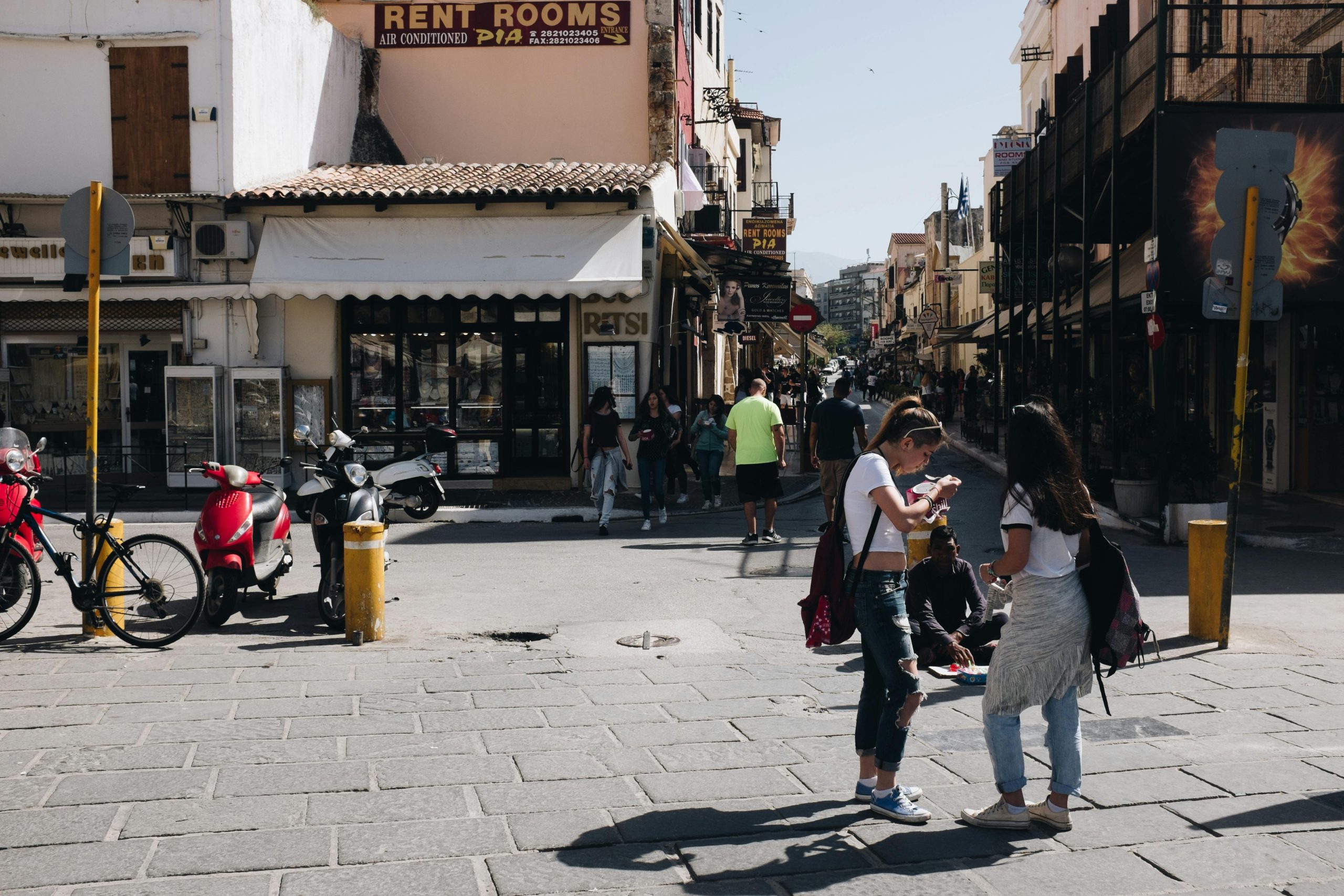Self-Drive Road Trip in Thailand: The Ultimate Guide for 2025

Exploring Thailand by car is one of the most rewarding ways to travel. While buses, trains, and flights are common, car rental in Thailand unlocks hidden gems, scenic routes, and total flexibility. A Thailand road trip takes you beyond packed hubs into quiet temples, national parks, and villages where time slows down.
Below you’ll find everything you need: tips for renting a car in Thailand, driving rules, costs, the best routes in Thailand, and insider hacks.
- Why Choose a Rental Car
- How to Rent a Car (Step-by-Step)
- Driving Rules & Safety Tips
- Best Road Trip Routes
- Budget: Costs, Fuel, Tolls, Parking
- Travel Hacks & Apps
- Best Time of Year
- Final Thoughts
Why Choose a Car Rental for Traveling Around Thailand?
- Freedom over fixed timetables: no waiting for tours; stop anywhere for photos, food, or viewpoints.
- Access to hidden gems: waterfalls, quiet beaches, small villages.
- Better value for couples/families: one rental replaces multiple tickets and transfers.
- Comfort & flexibility: especially great for long-term rental and slow travel.
How to Rent a Car in Thailand – Step by Step
Documents Required
- Passport (plus a copy).
- Valid home-country driver’s license.
- International Driving Permit (IDP) — strongly recommended for police checks and insurance validity.
Age & Experience
Minimum age is typically 21–23; most companies expect 1–2 years of driving experience.
Where to Rent (Airports & City Offices)
- Car hire Bangkok — perfect hub for central/northern routes.
- Car hire Phuket — ideal for island/beach itineraries.
- Car hire Chiang Mai — best for mountain road trips.
Car Types
- Compact — budget-friendly, easy parking in cities.
- SUV — more ground clearance for mountain routes and families.
- Minivan — great for groups.
- Electric — increasingly available in big cities.
Tip: Booking online in advance yields better prices and inventory. Airport desks on arrival are convenient but often pricier.
Driving in Thailand – Rules, Safety, and Local Tips
- Left-side driving (UK system). Keep left; overtake on the right.
- Speed limits: 50–60 km/h cities, 90 km/h highways, 120 km/h expressways.
- Traffic rules: seatbelts required; no handheld phone use.
- Toll roads: mainly around Bangkok; pay cash or Easy Pass. Keep small bills handy.
- Police checks: common on highways — carry passport, license, and IDP.
- Parking: malls/hotels/tourist spots; avoid red-white curb zones.
- Fuel prices (2025): ~38–42 THB/liter. Stations are frequent and late-opening.
Do: download offline maps, keep water/snacks, rest often. Don’t: drive tired or fast on winding mountain roads; avoid rural night drives.
Best Road Trip Routes in Thailand
Bangkok → Ayutthaya → Sukhothai (History & Culture)
Ayutthaya (1350–1767) was a global trading powerhouse. Today its UNESCO ruins shine at Wat Mahathat (Buddha head in tree roots) and riverside Wat Chaiwatthanaram with Khmer-style towers. Sunset cruises on the Chao Phraya gift golden views of prangs and chedis.
Sukhothai, the “Dawn of Happiness,” birthed the Thai alphabet under King Ramkhamhaeng. The Historical Park weaves lotus ponds around elegant Buddha images; don’t miss Wat Si Chum’s monumental seated Buddha. With a car, add the quieter Si Satchanalai ruins to your loop.
Distance & time: ~430 km, 3–4 days with unhurried temple time.
Chiang Mai → Pai → Chiang Rai (Mountains & Tea Hills)
Chiang Mai mixes 300+ temples with cool mountain air. Drive to Doi Suthep for city panoramas and on to Doi Inthanon, Thailand’s highest peak (2,565 m), with royal chedis and waterfalls.
Pai sits beyond a road of 762 curves — embrace the bends and stop for views. Hike the Pai Canyon at sunset, soak in hot springs, and explore Tham Lot Cave with ancient teakwood coffins.
Chiang Rai dazzles at Wat Rong Khun (White Temple), a living art project; pair it with the deep-blue Wat Rong Suea Ten and the brooding Baan Dam (Black House). For a borderlands feel, cruise the Mekong at the Golden Triangle. Tea lovers: detour to Mae Salong for misty ridgelines and oolong tastings.
Distance & time: ~500 km, 5–6 days with mountain stops.
Phuket → Krabi → Koh Samui (Coasts, Cliffs & Ferries)
Phuket rewards drivers with quiet coves beyond Patong: Nai Harn, Ao Sane, and the 360° lookout by the Big Buddha. End days at Promthep Cape for postcard sunsets.
Krabi landscapes soar as limestone karsts rise from emerald seas. Park in Ao Nang and longtail to Railay’s beaches and caves; then refresh at the Emerald Pool and Hot Springs Waterfall near Khlong Thom.
Koh Samui is a car-ferry away from Donsak Pier. Circle the ring road for beach-hopping; cool off at Na Muang Waterfalls and greet the 12-meter Big Buddha. Day trips extend to Koh Phangan and Ang Thong Marine Park.
Distance & time: ~280 km plus ferry, 4–6 days at an easy pace.
Off-the-Beaten-Path: The Isaan Region (Authentic Northeast)
Khon Kaen serves silk markets and fiery som tam. Ubon Ratchathani lights up during the July Candle Festival. Phanom Rung, a hilltop Khmer complex on an extinct volcano, aligns with the sun twice a year — photographers’ dream and crowd-free alternative to Angkor.
Budget Planning: Rental Costs, Fuel Prices, Tolls & Parking
- Rental costs: compact 800–1,200 THB/day; SUV from ~1,500 THB/day; monthly long-term rental from ~18,000 THB.
- Insurance: basic often included; upgrade to full/zero-excess for peace of mind.
- Fuel: ~1,000–1,200 THB per tank; 38–42 THB/liter typical.
- Tolls: 30–80 THB per gate around Bangkok; keep cash or card.
- Parking: temples/hubs often free; 20–40 THB/hr in cities.
- Hidden fees: extra driver, GPS, child seats; read the fine print.
Travel Hacks: Booking Online, Maps & Avoiding Scams
- Book early via reputable platforms or local agencies to secure price and choice.
- Inspect & photograph the car (scratches, tires, fuel policy) before leaving.
- Use Google Maps offline in rural zones; keep a power bank.
- Avoid rural night driving; watch for stray animals and low lighting.
- Carry copies of passport, license, insurance, and rental agreement.
Best Time of Year for Road Trips in Thailand
- Nov–Feb (Cool & Dry): best overall weather; peak season.
- Mar–May (Hot): fewer crowds; plan earlier drives to beat heat.
- Jun–Oct (Rainy): greener views, lower prices; watch for local flooding.
Beach focus: Dec–Apr. Northern mountains: Nov–Feb.
Final Thoughts – Make Your Thailand Road Trip Unforgettable
Renting a car in Thailand unlocks the freedom to explore — from golden ruins to turquoise bays and misty tea hills. Pack light, fuel up, and let the road lead your story. Once you try self drive Thailand, you may never travel any other way.




